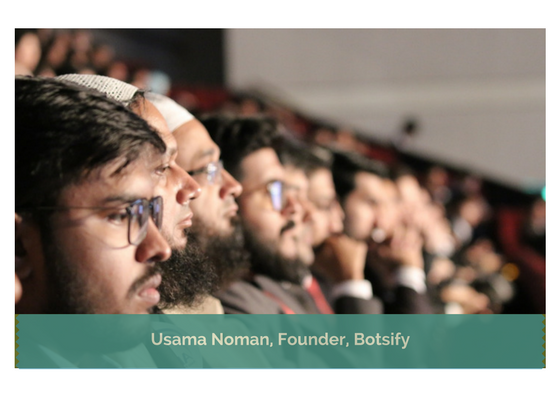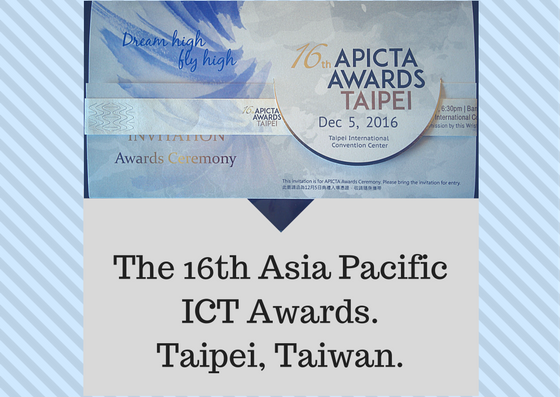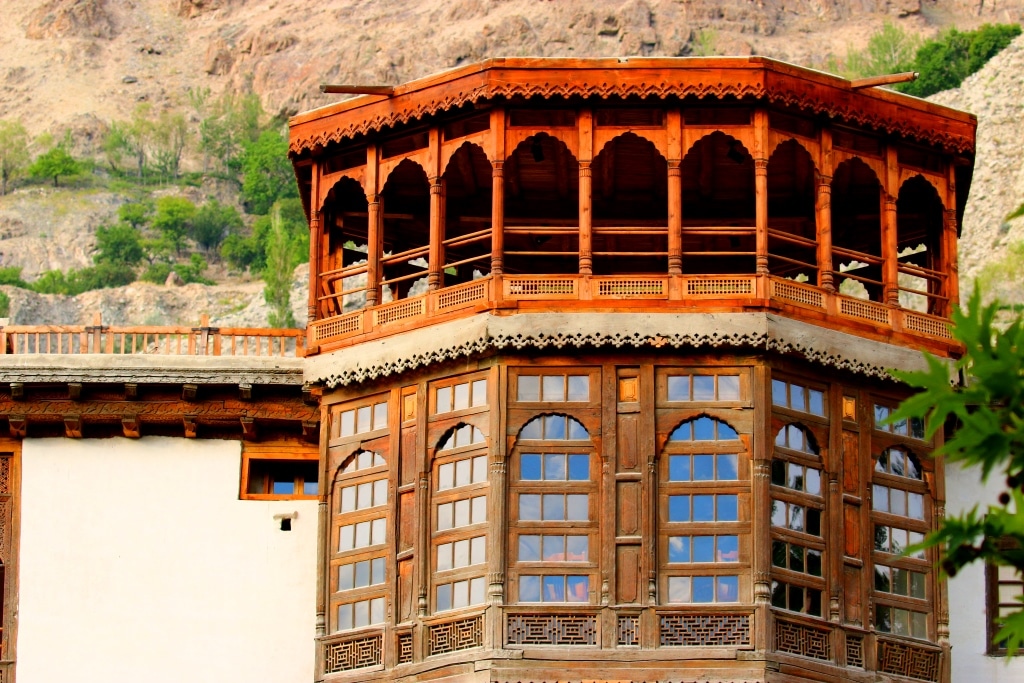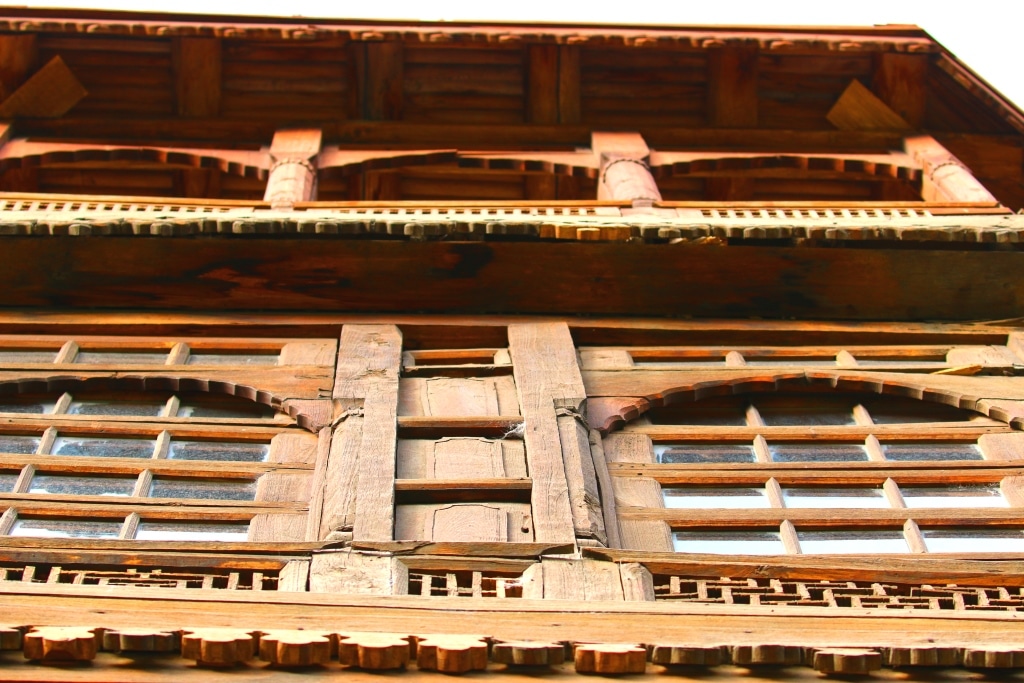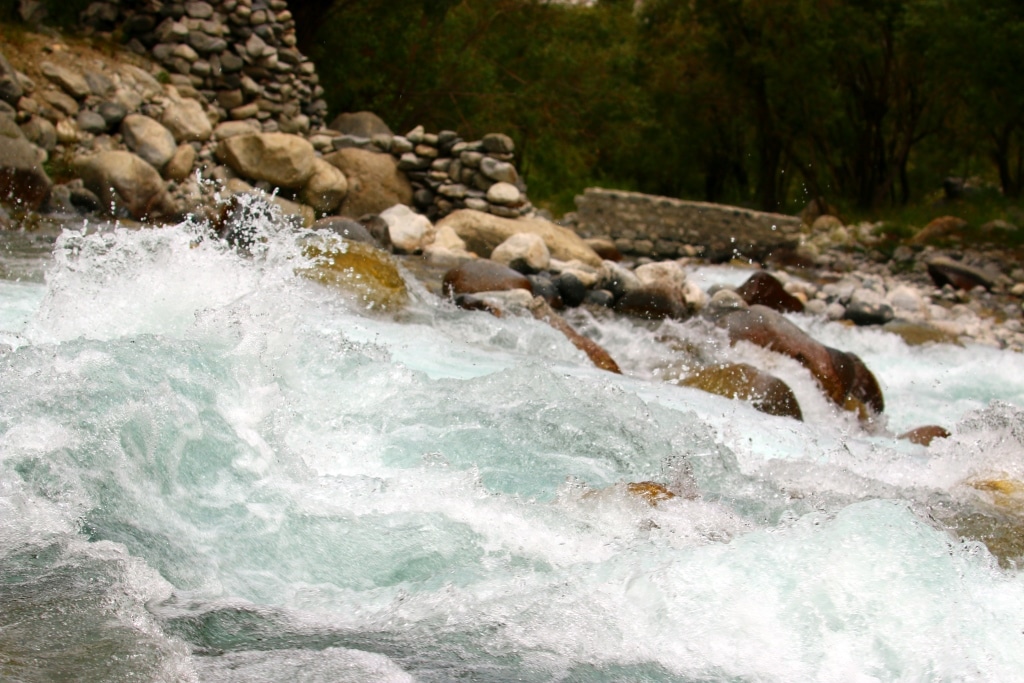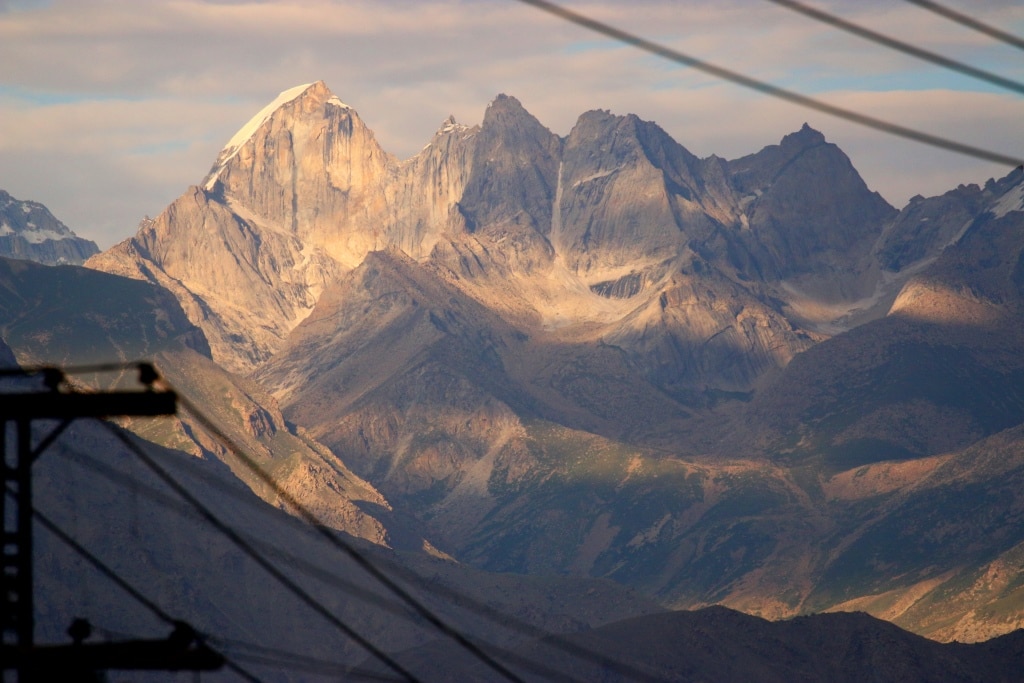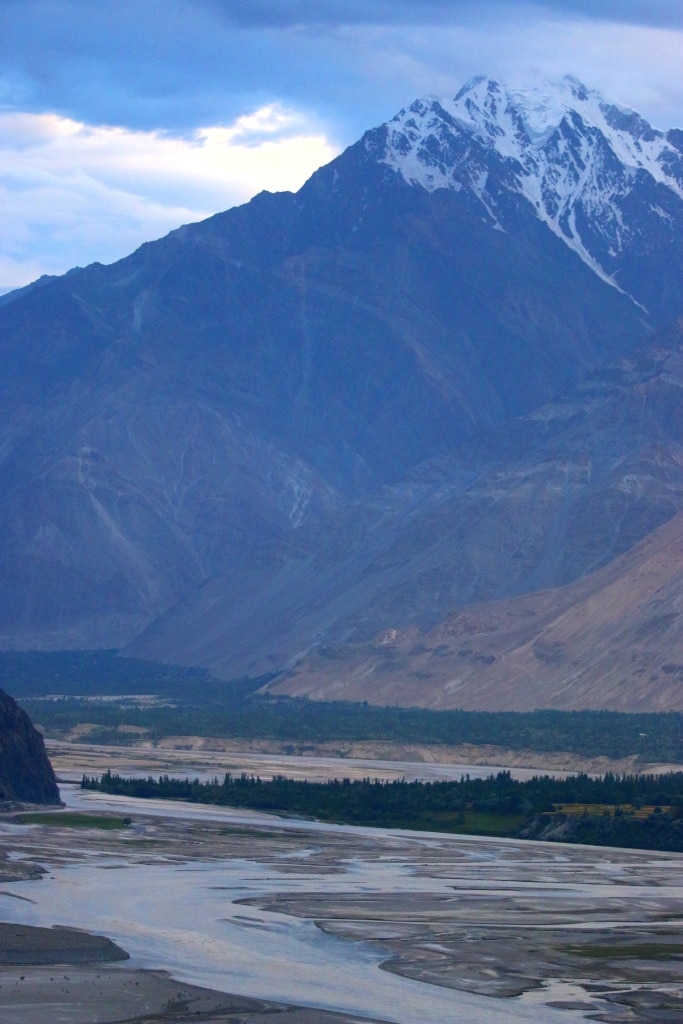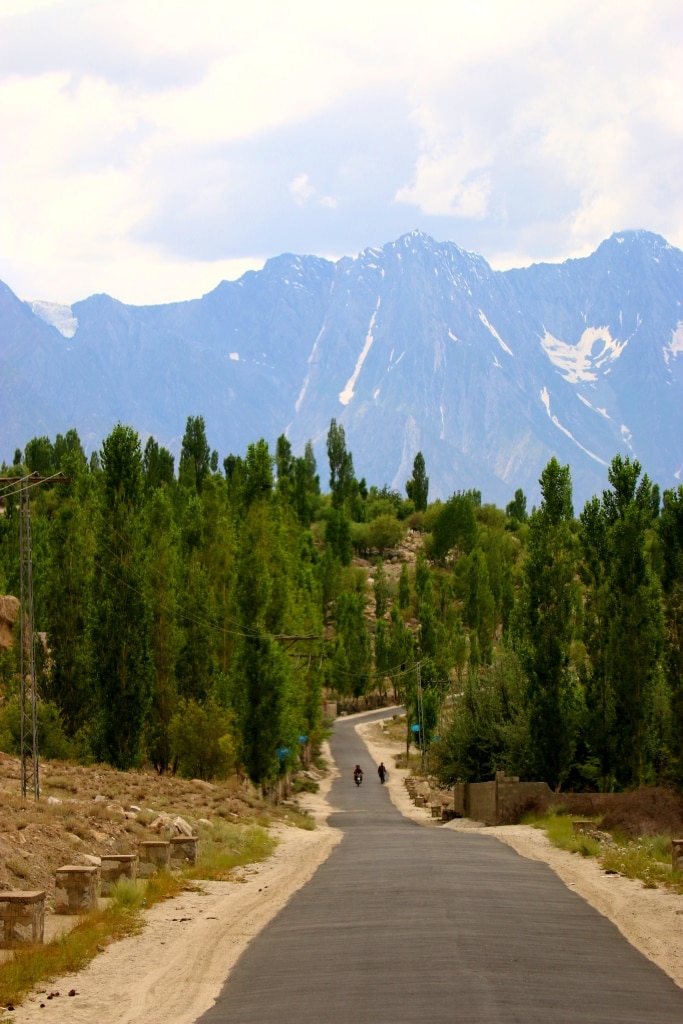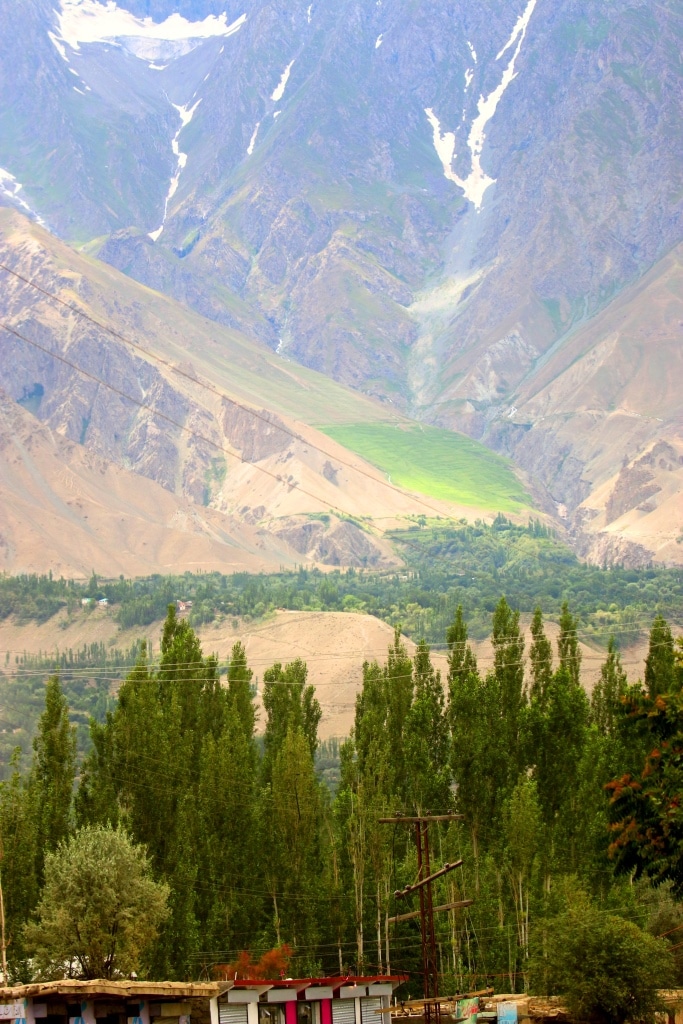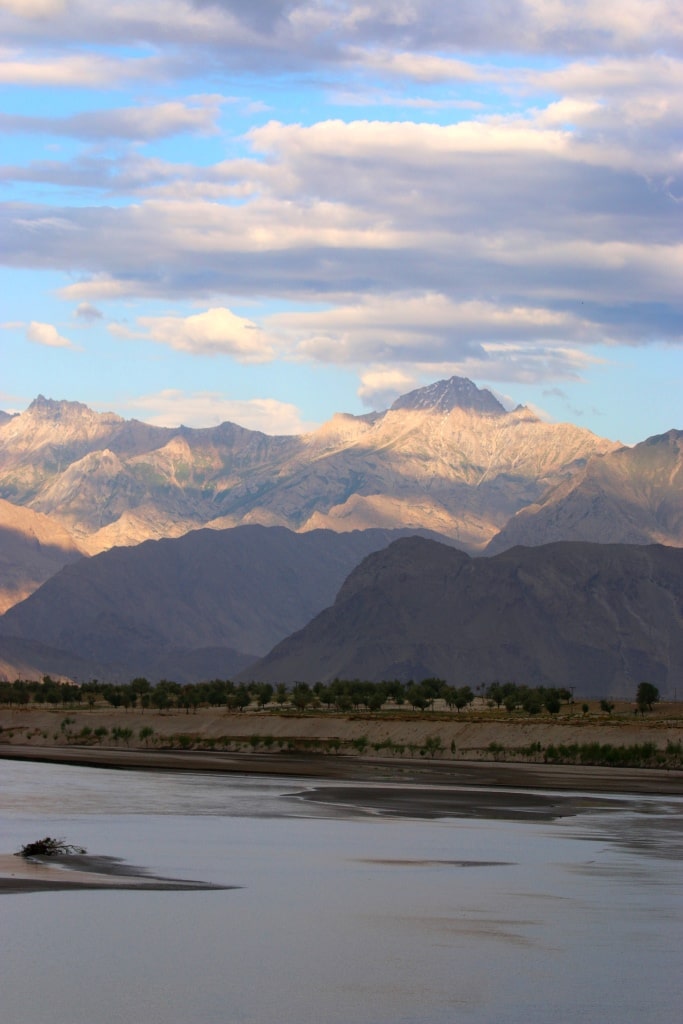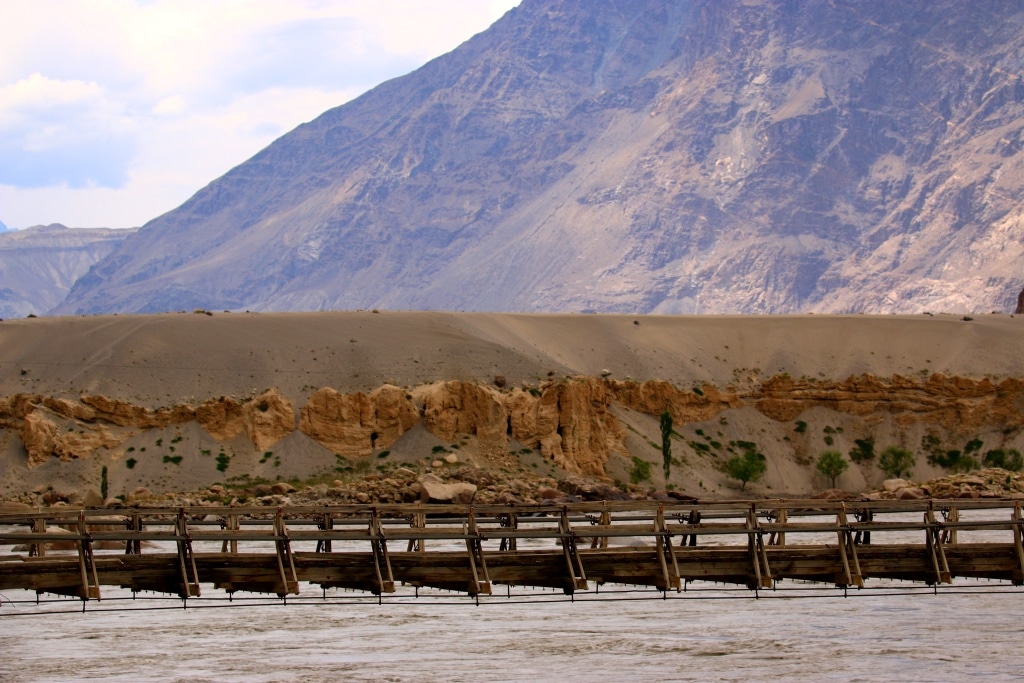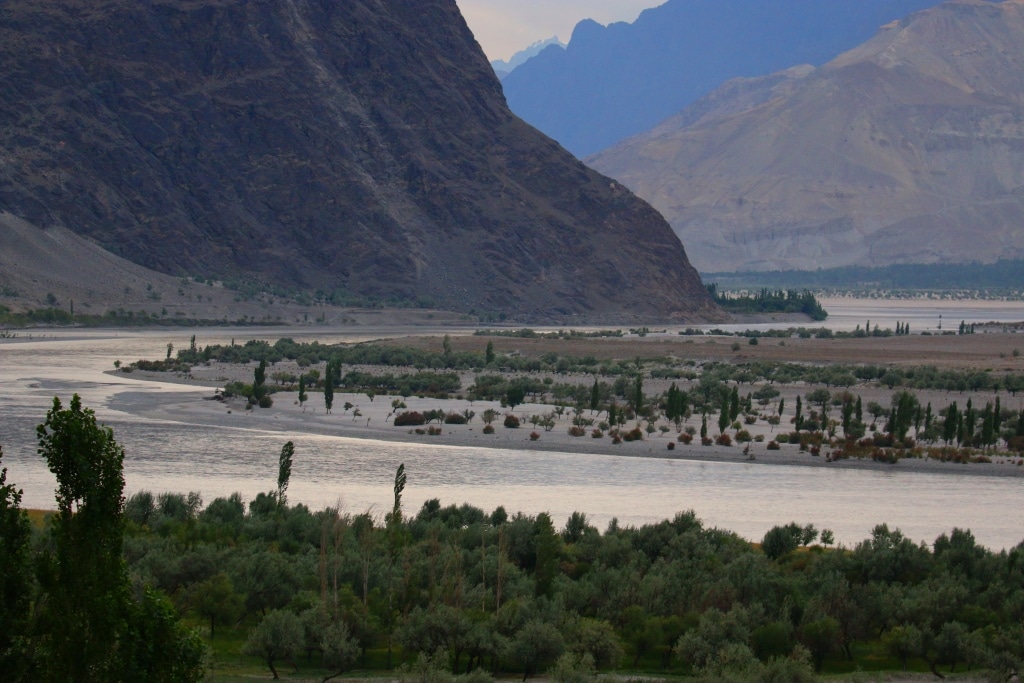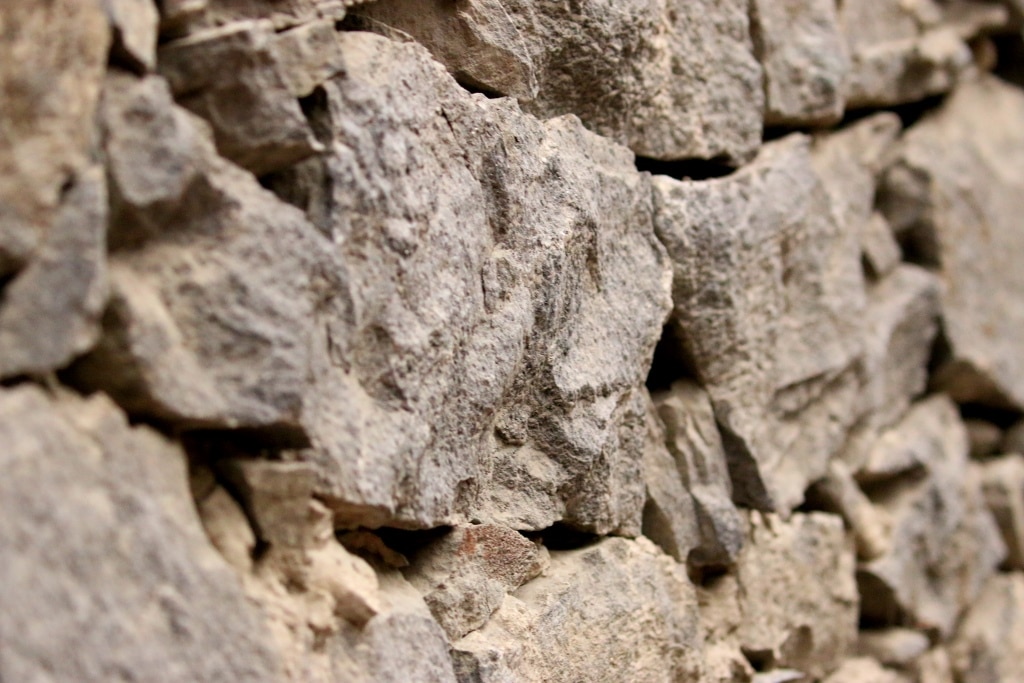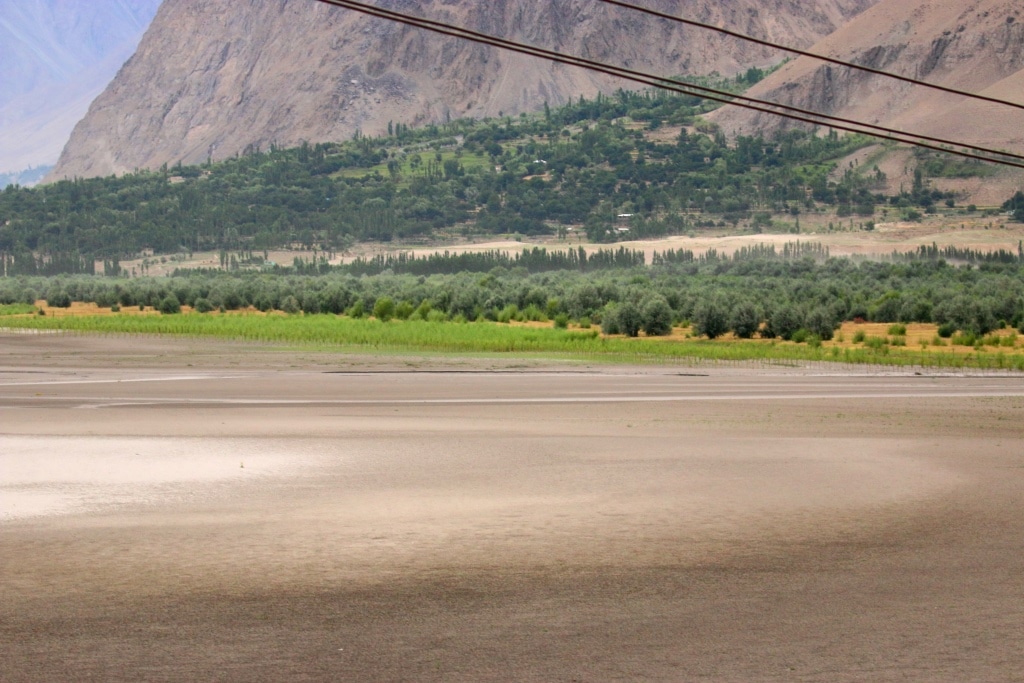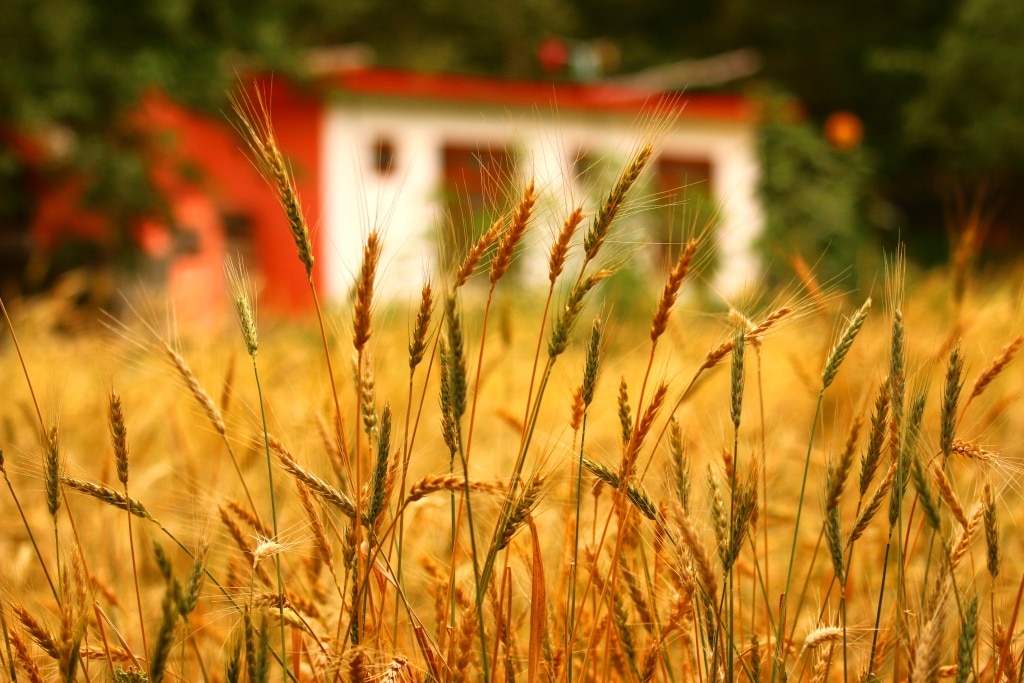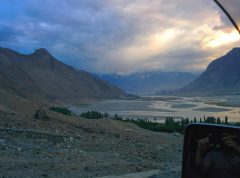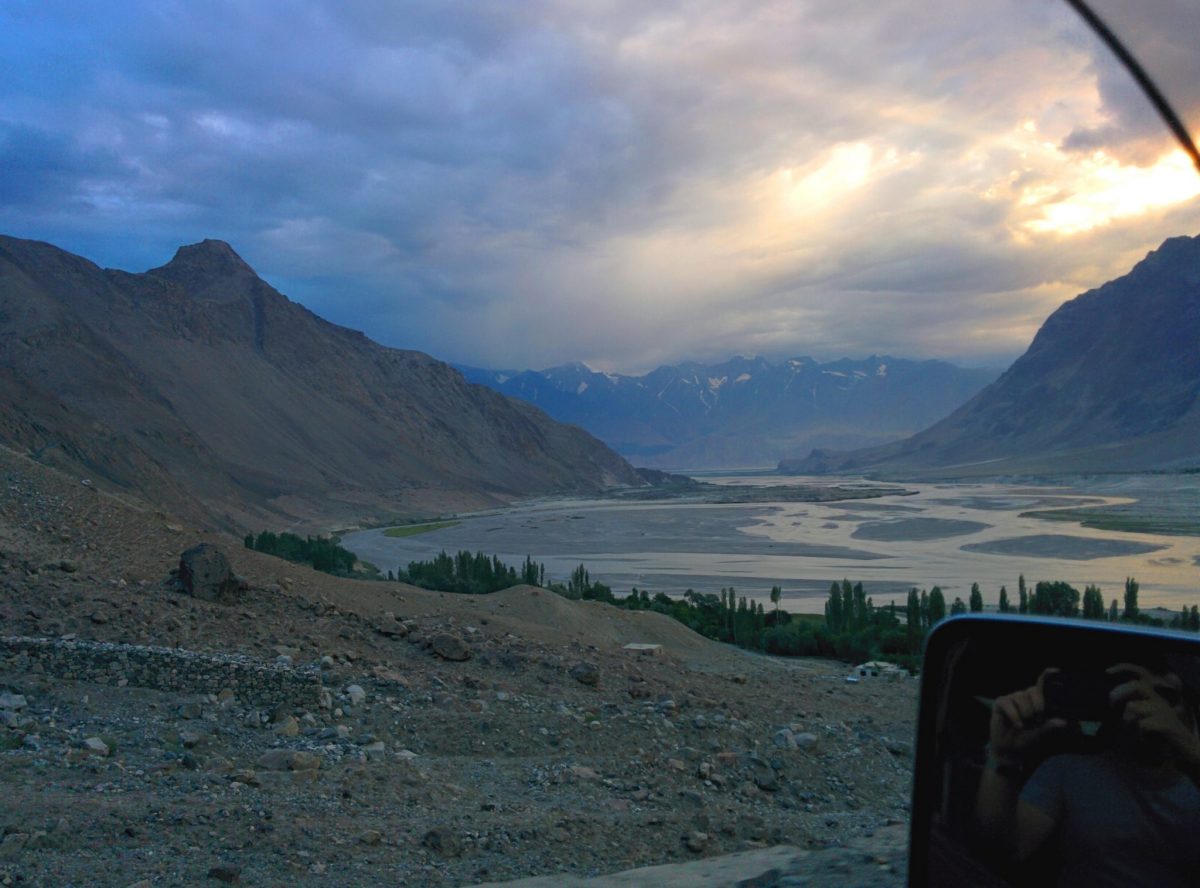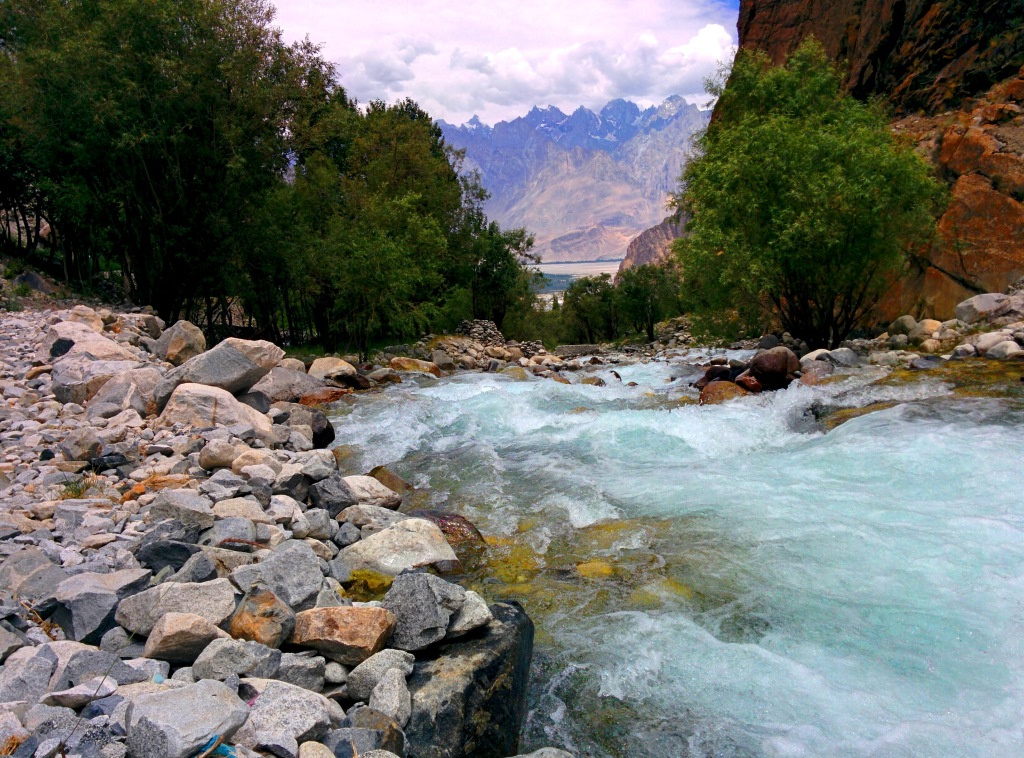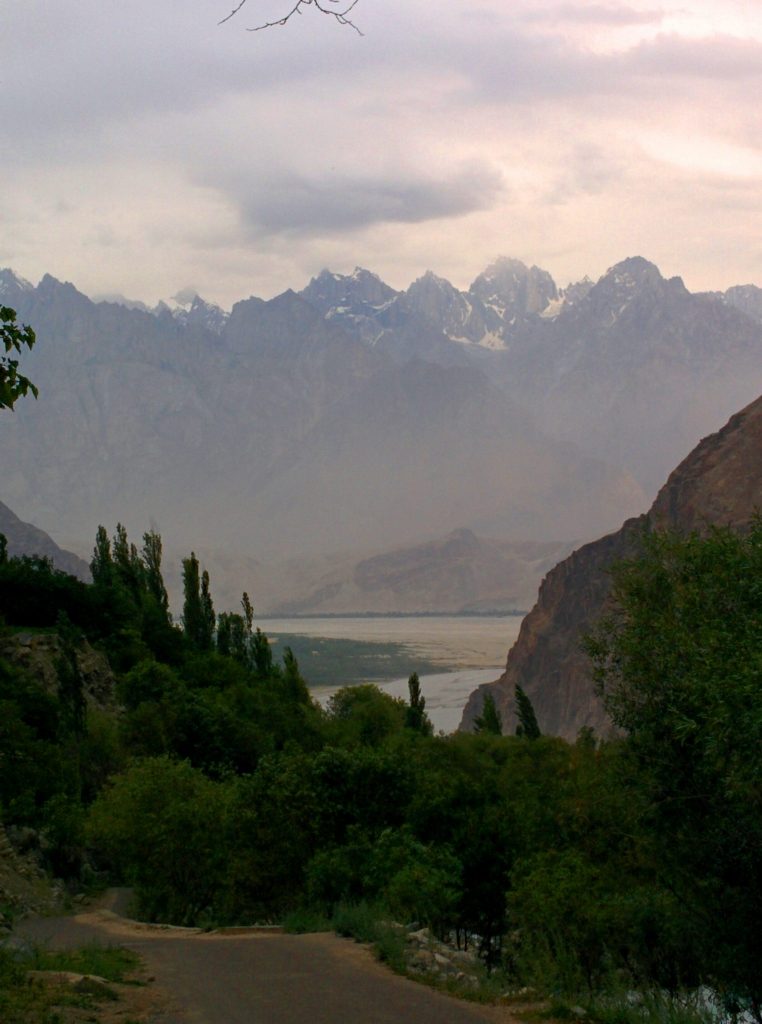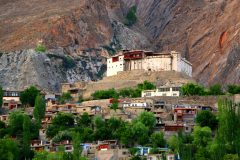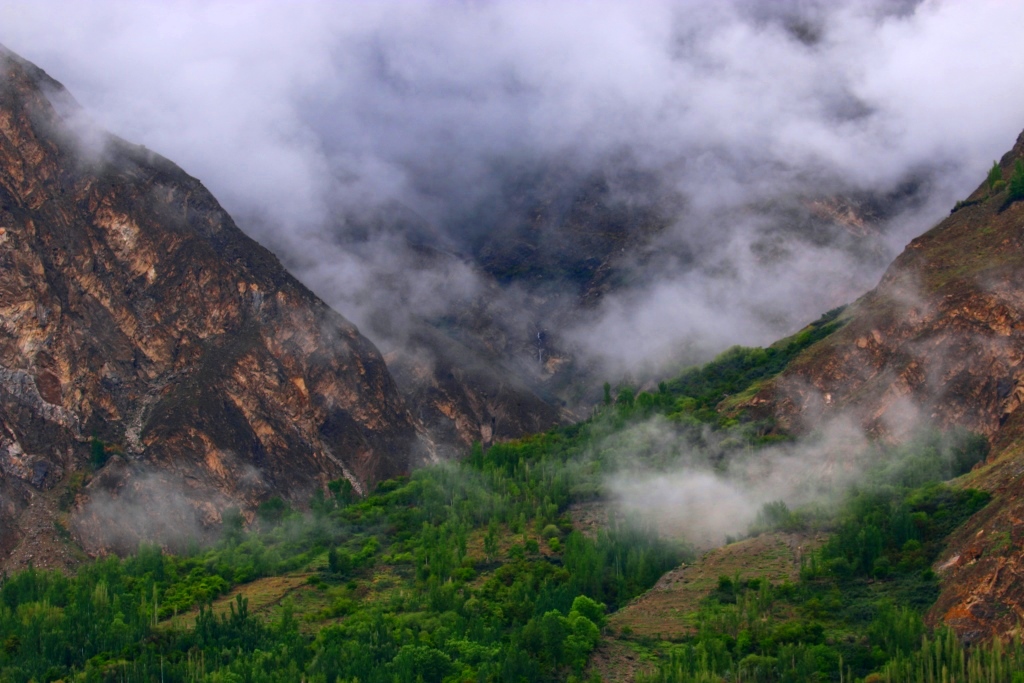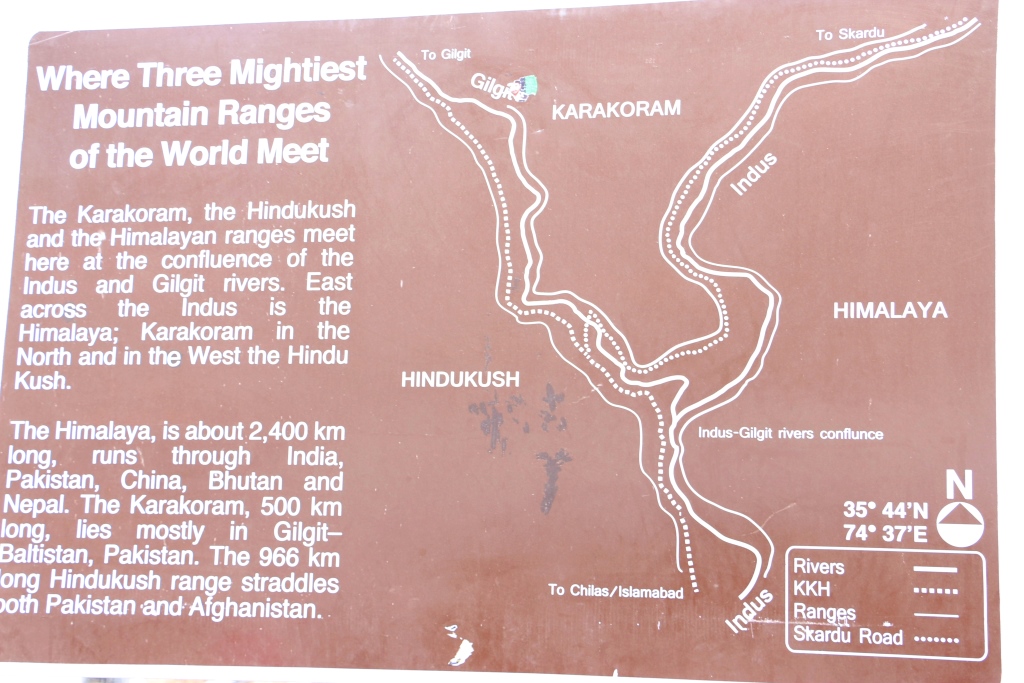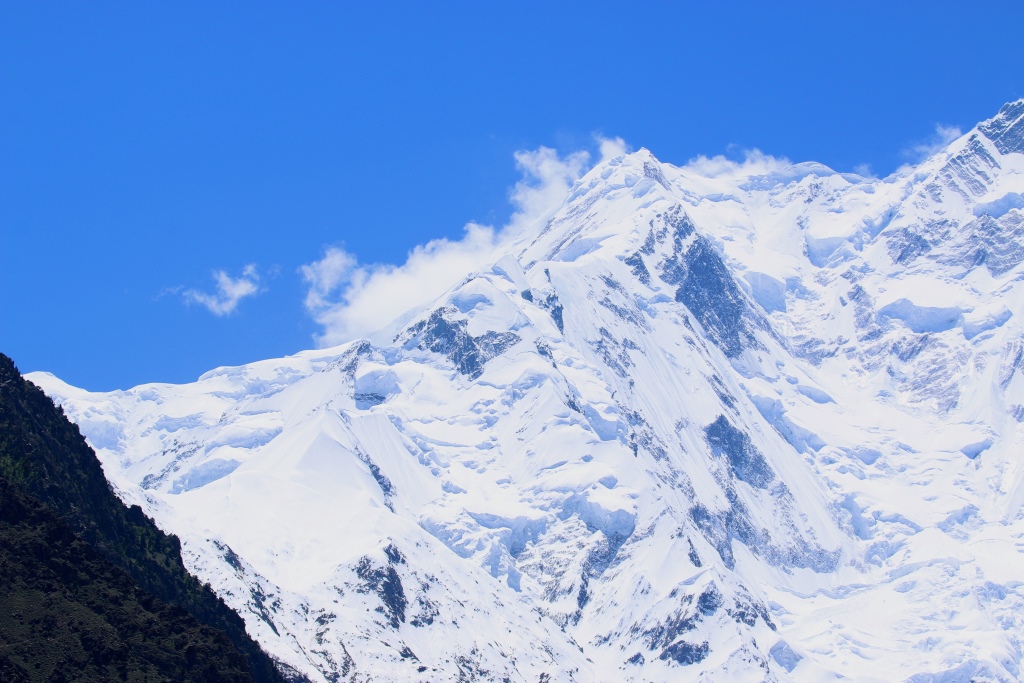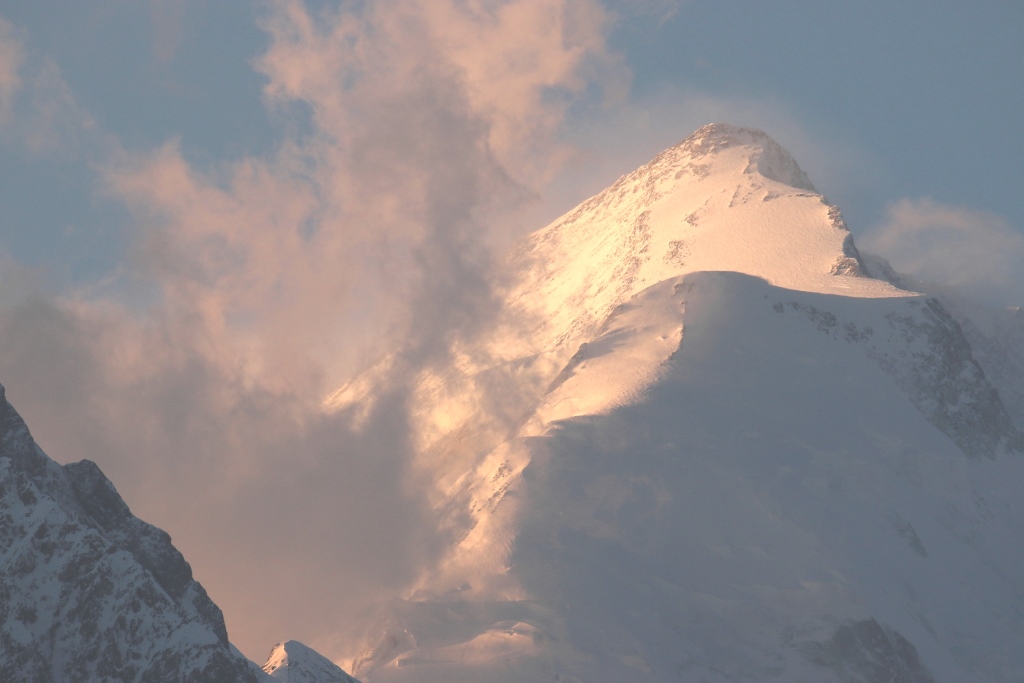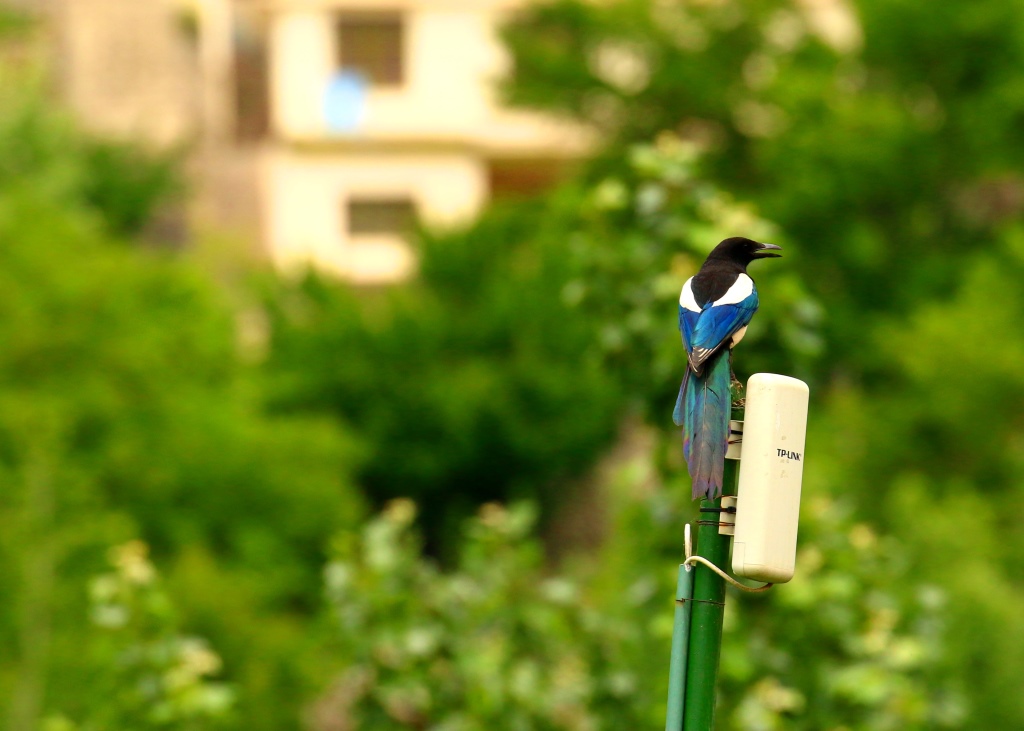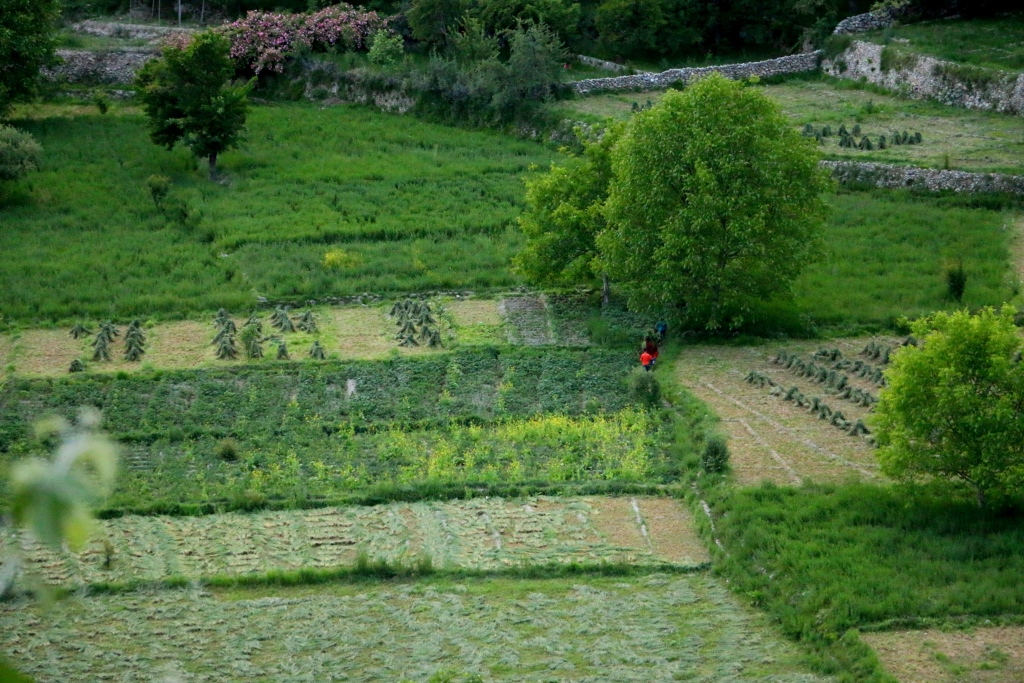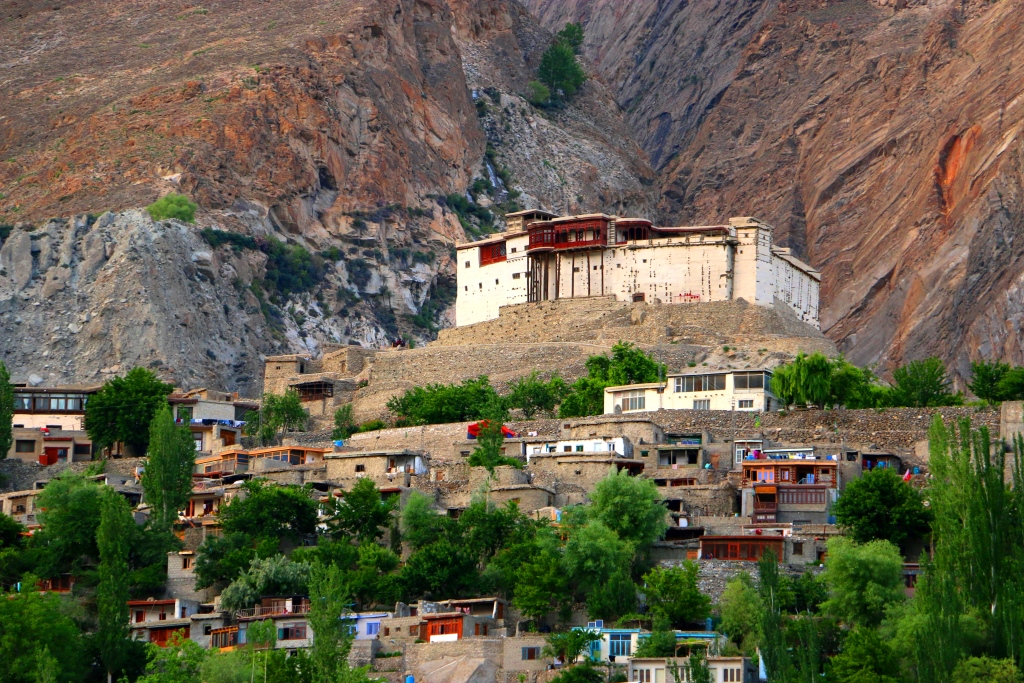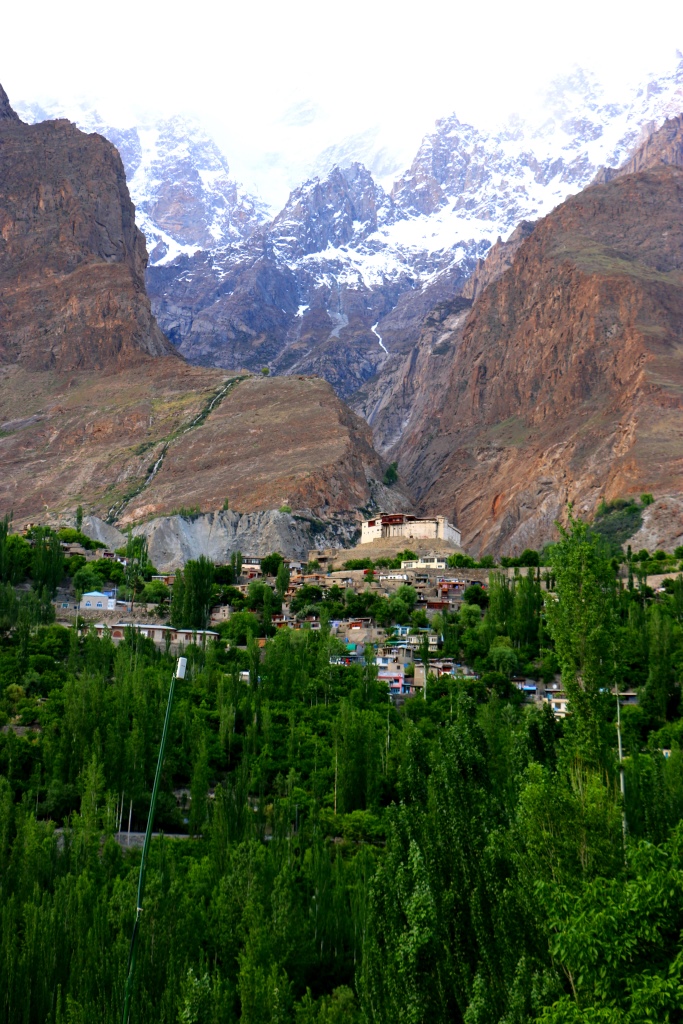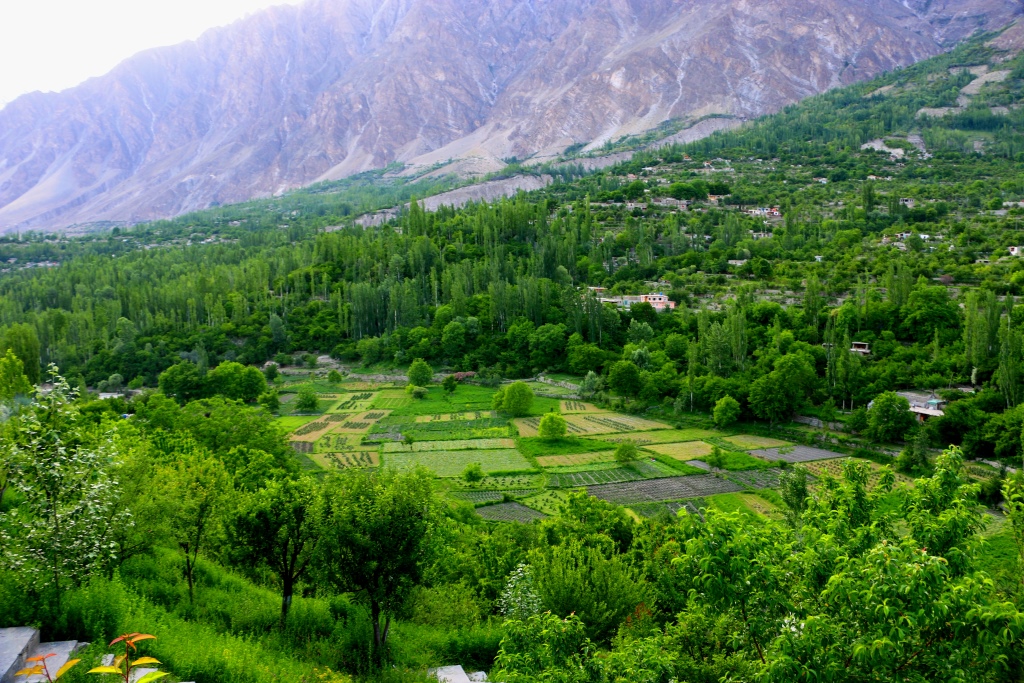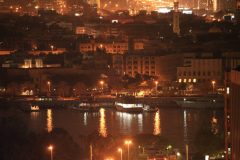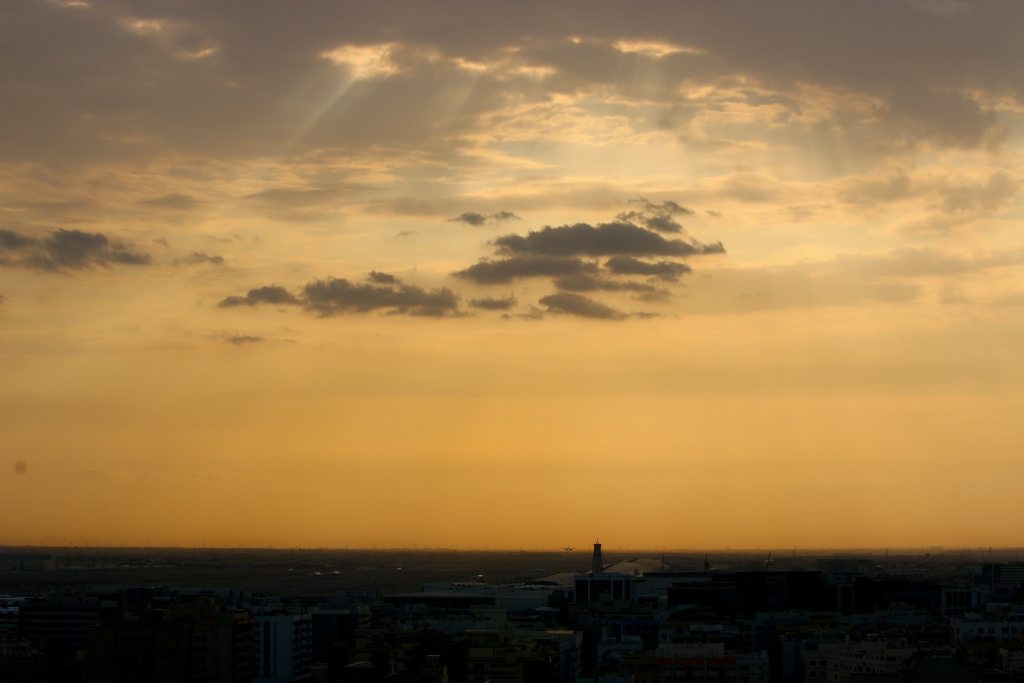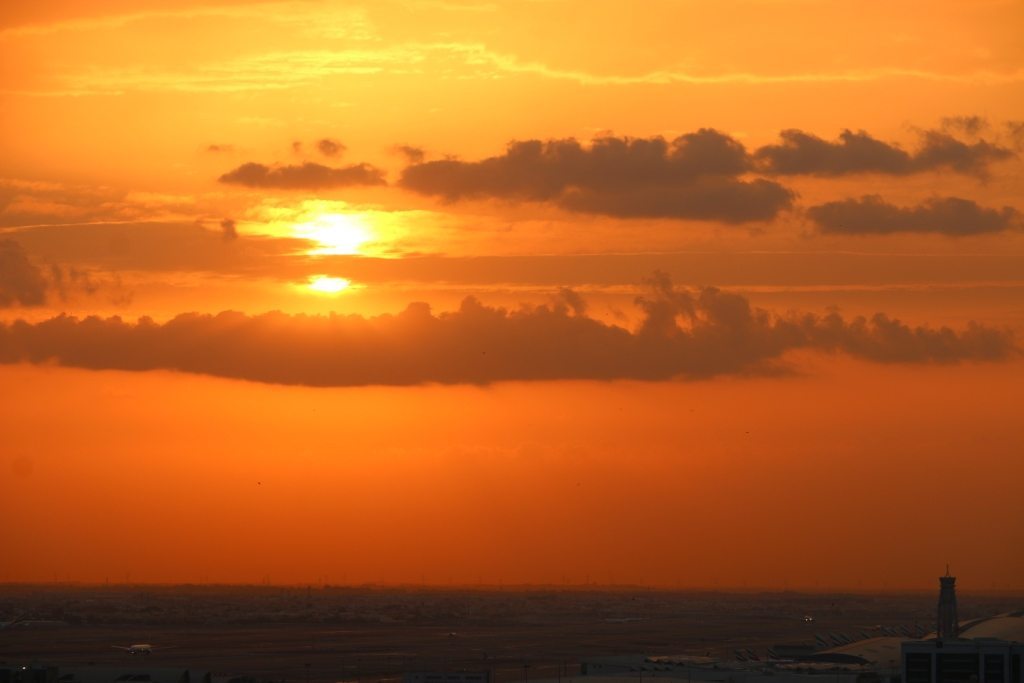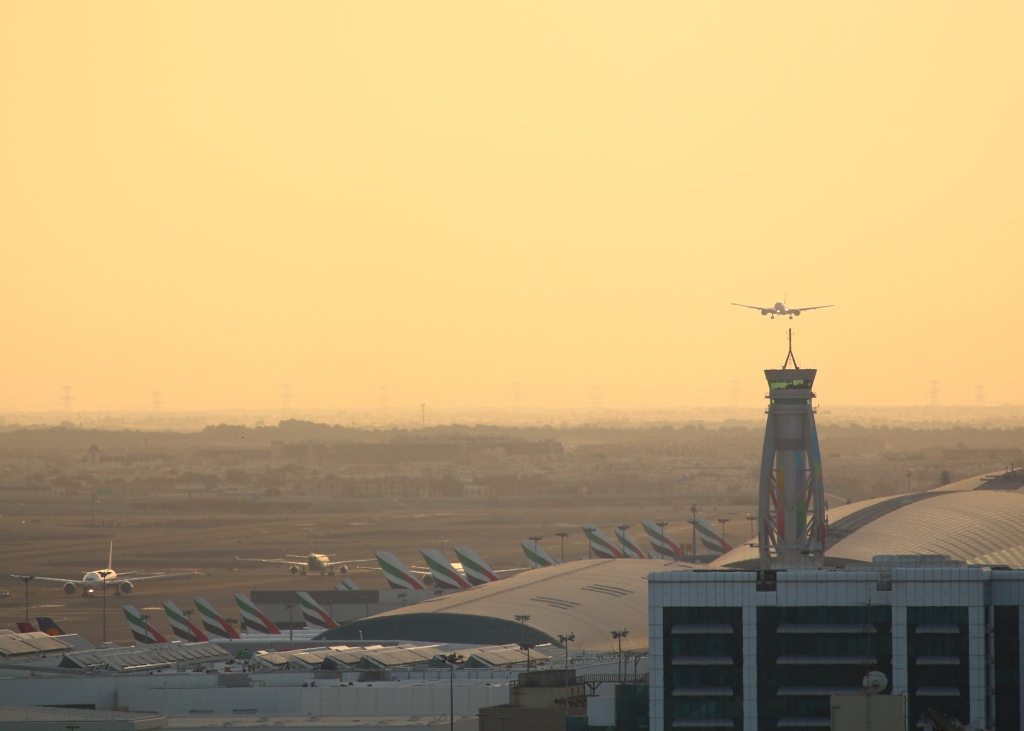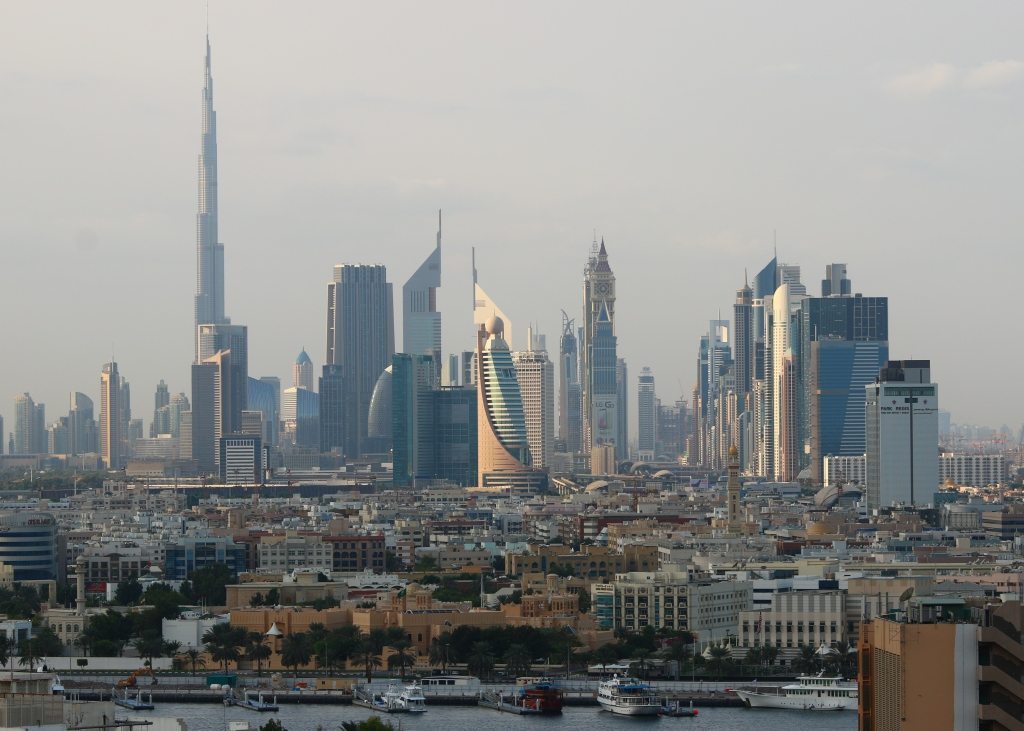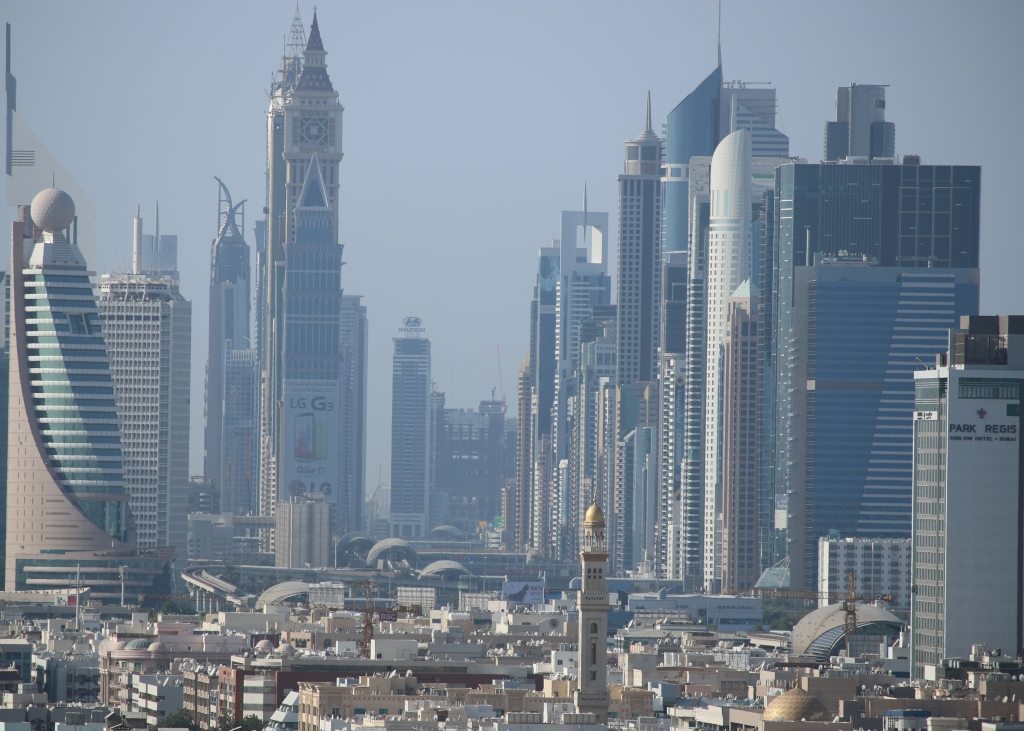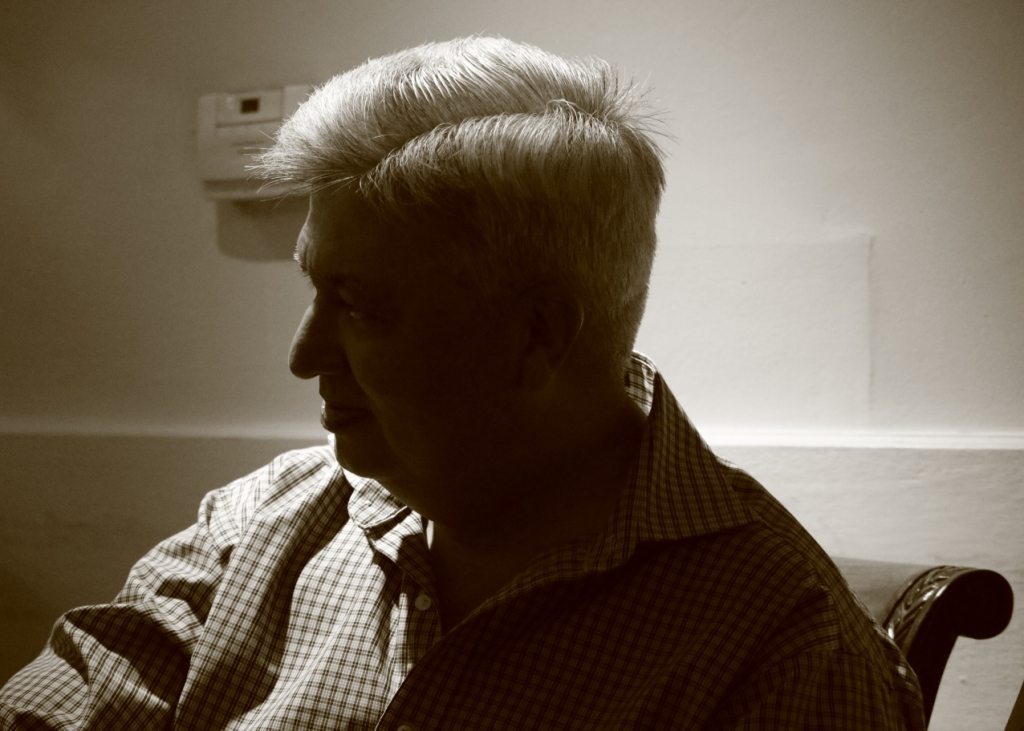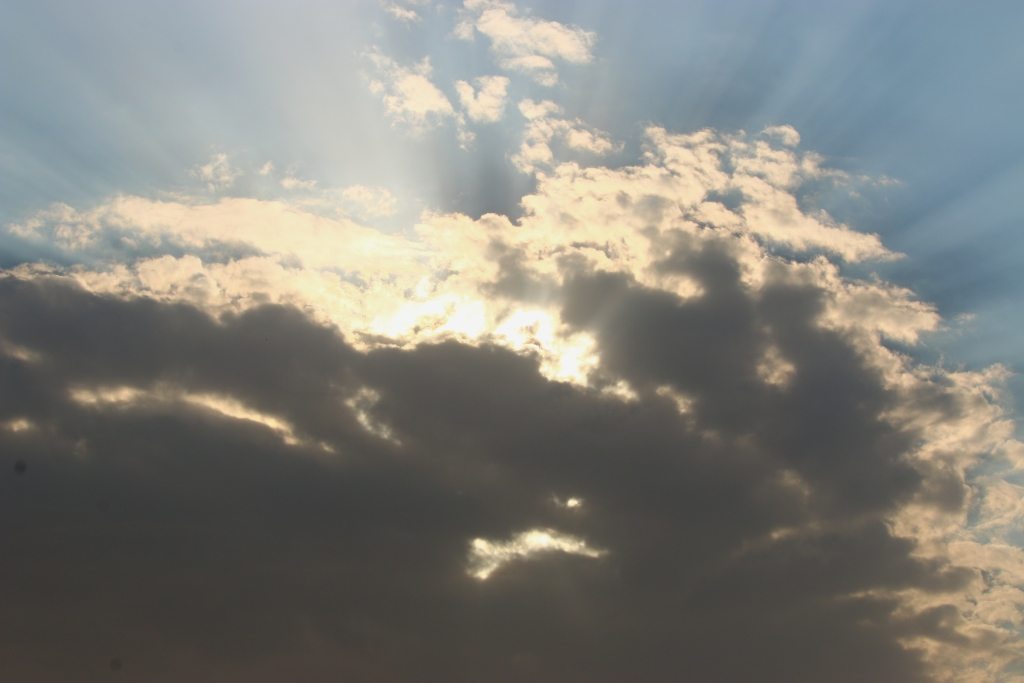TeamPakistan at APICTA 2016
As the sun sets slowly behind the clouds in Taipei, Usama Noman, the founder of Botsify, an APICTA 2016 alum smiles and says softly, ‘Sometimes it is important to win; sometimes it is better to fail and learn a great deal more about yourself.’
6th December 2016. Taipei, Taiwan.
Our bags are packed. Team Pakistan is ready to head back home. Today was a much needed rest day where the only deadline was the hotel checkout at noon. After five brutal days where morning dry runs for pitches started at 8 am and ran all the way till 4 am the next morning, we could all do with a bit of sleep. A large part of the delegation is still in zombie mode, some are walking around dazed, others are relieved and a handful are fighting fires back home triggered by their extended absence from work. All are famished because no one had the time to eat a proper meal between training, pitching, judging and mentoring during the last three days.
The Asia Pacific ICT Alliance Awards are celebrating their 16th year, this December. The hosting budget for the event routinely runs over half a million dollars. This year at the Taipei Trade convention center the awards night is host to 231 teams, 61 judges, 40 Ex-co members, 1,500 delegates and 200 volunteers.
Each year the event runs for four days. Day one is dedicated to registration, logistics, briefings and the welcome reception. Day two and three are dedicated to judging with a sidebar of activity for nominees and delegates including receptions and business match making sessions. On day four award results are confirmed and validated in the morning by the panel of head judges and Exco members followed by a grand Awards night and gala dinner.
The ICT Alliance Awards originally started as a collaborative initiative to reduce the digital divide by bringing the developed and the developing world together. An ICT awards competition made sense because it gave the opportunity for communities and companies to come together and to learn from each other. Over the last 16 year the awards have done an admirable job on both fronts. As Ex-co members and judges we made friends and met partners across the APAC region. As nominee and participants we had the chance to interact and collaborate with companies that we would not otherwise get a chance to meet and work with. Pakistani teams have had the opportunity to explore partnerships with like minded companies in Thailand, Singapore, Malaysia and Sri Lanka. Because the awards move from one economy to another, every year delegates get the chance to explore a new market while being hosted by that economy’s technology association.
Today the awards celebrate technology and its impact on individual lives. A participating team needs to document the contribution they have made, the innovation in their technology stack and how they stands out from their peers. If they do a good enough job they win the national nomination. All national winners and runners up then compete at the regional level for the Asia Pacific ICT Awards in that category.
For instance Sheops, the merit award winner in the e-inclusion and community category makes it possible for stay at home moms to build a business selling products around their specialization. From cakes to artwork, from designs to shoes, Sheops curated sellers get immediate access to a community of 42,000 buyers across the world who trust the Sheops brand.
Participating teams are judged based on a criteria documented in a 50 page manual. The criteria includes innovation (what’s new and different), uniqueness (how do you stand apart), market potential and business model (the financial sustainability of your approach), quality, standards (recognition, connectivity and design) and presentation skills.
It is a tough grid to get right. It is one thing to convince a national jury of your talent, completely another to convince and impress 5 foreign judges by the promise of your work. To make things worse the competition is actually quite tough. Think about it for a second. You are competing against national champions from 17 – 22 economies. If even half of them are as good as you, it is going to be a difficult call for judges to pick a winner. To a large extent the scores reflect that. In a decade of judging the difference between the winner and the runner up has been as small as 0.03. The winner at 8.55 versus the runner up at 8.52. Once every few years we also see dead heat – both winners and runners up at 8.23 versus 8.23.
A single misstep, a mistake, a missed point can cost you the prize. Every single word, its delivery, its meaning and its relevance to the criteria counts. Which is the reason why winners spend months practicing their pitch, building credibility and developing their stories.
Practice is not the only requirement. Winners are expected to score above a minimum threshold. Other than the school category which comes with its own special guidelines, runners up and merit awards need to be within 95% of the winning score. There have been instances in the past where a category had no winners or no runners up because they didn’t measure up to the required benchmark. The final decision rests with the panel of 5 judges responsible for grading that category.
2016 was the toughest APICTA in the history of the competition. The strongest contingents were from Chinese Taipei, Hong Kong, Malaysia, Sri Lanka and Thailand with more than 20 teams representing each of these technological power houses. The judges reflect this sentiment as they review entries and results on the final day, just before the Awards event is scheduled to begin. While Chinese Taipei is a recent addition to the APICTA family, their team has quickly climbed the ranking tables over the last two years.
Team Pakistan lands in Taipei on the evening of 1st December.
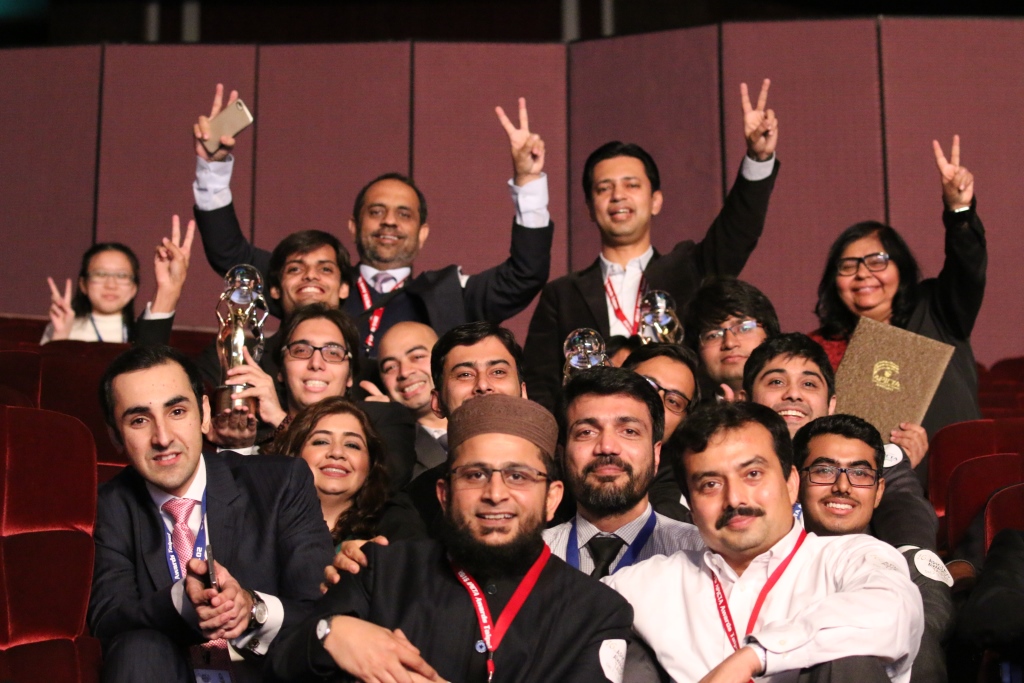
41 member strong this is the largest delegation, PASHA, the technology industry association has ever sponsored to APICTA. By the time they get to their assigned hotel rooms, delegates have been on the road for nineteen hours. There is only time for a quick bite before the hotel restaurant kitchen closes. For the youngest and newest teams, preparation started six weeks ago. It hasn’t stopped; they have been working on their pitch deck throughout the flight. They will do one more run in front of their mentors before they will go to sleep tonight.
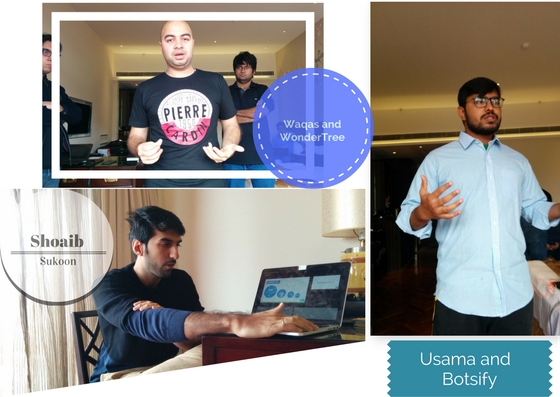
The next three days are difficult. Day break is at 5:45 am, breakfast is at 8:00; the first practice pitching slot is at 8:30. The teams are spread out between four Pakistani judges who are also working as team mentors and coaches for the delegation. Some teams have already been put through the grinder and are in good shape while others are just starting out. A semi-official pitching guide had been shared the week after the national awards concluded and has been used to get teams to a certain level of preparation. The final tweaks and adjustment are now being made.
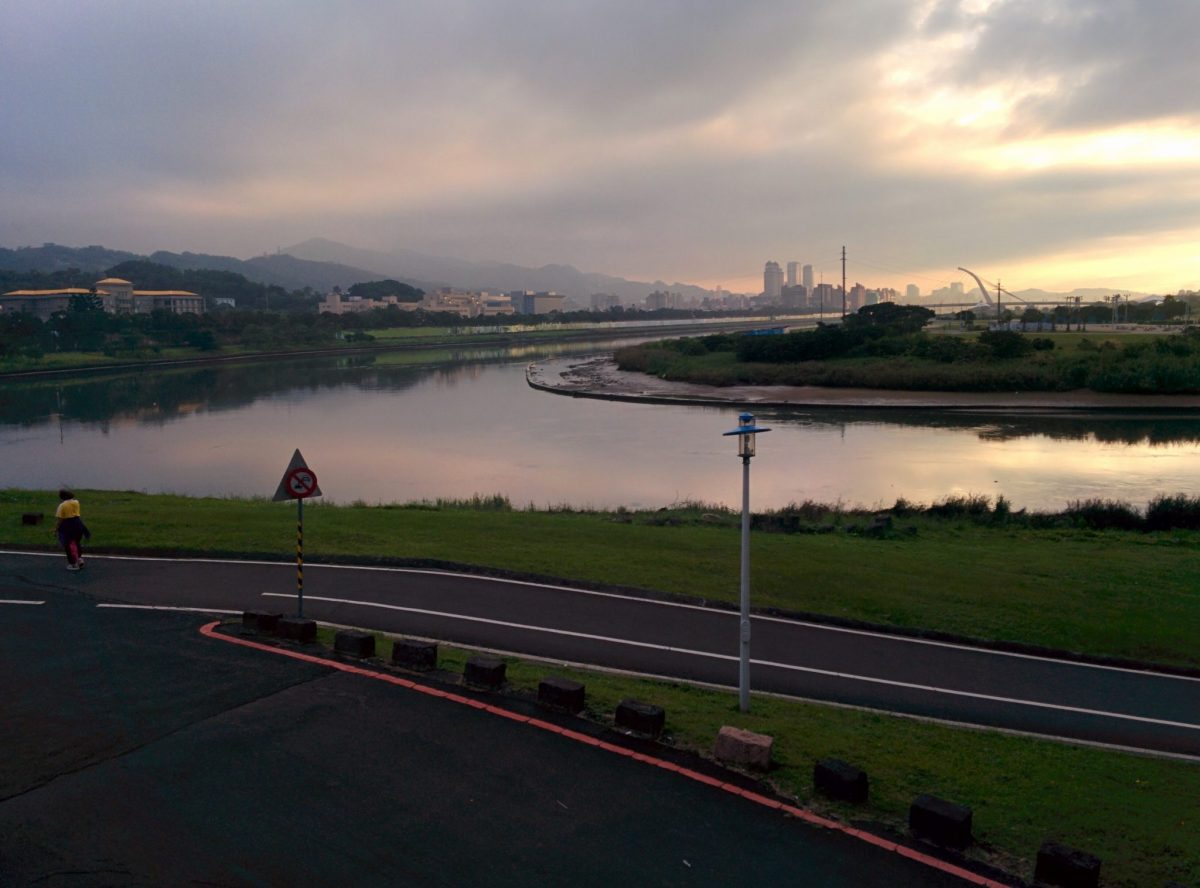
On average on the day before judging a pitching team goes through three to four iterations with a mentor. Some practice and review sessions run all the way till early hours of the next morning. It’s been a long road but we are in the final stretch. We just have to survive the next 48 hours.
The APICTA competition judging is spread over two days. There are four student categories this year. School projects are divided between grades 4 – 9 (Cat B) and grades 10 – 12 (Cat A). Tertiary student are divided into technology focused and consumer focused. There are also fifteen professional categories. The 231 entries this year are distributed across these 19 categories. For the student and startup categories judging runs over two days. Most categories start early and finish by late evening. Each category is being judged by a panel of upto five judges selected on the basis of their relevance and experience in the field, their history at APICTA and their peer assessment as judges over the last ten years.
The APICTA awards are an important source of validation for our teams. APICTA judges picked by the industry association are generally active members of the technology community and come from mixed background in business, innovation, technology development, government and academia. This year for instance the ten judges that I worked with in my two panels in E-learning and Media and Entertainment included three PhD’s , two venture capital investors, the head of a regional tourism development board, a serial entrepreneur, an Executive Director from SITF and the General Manager for one of the largest mobile handset chip manufacturer in Taiwan.
Imagine pitching to this group anywhere else in the world. These judges are not going to take anything at face value. They are going to question assumptions, challenge perception and occasionally push you to examine context you hadn’t thought about. You are not selling to a customer, you are trying to convince a group of seasoned, experienced, neutral professionals that your work is important enough to stand out on its own; that it has made a real contribution to the world and had earned the right to be recognized.
MandiExpress, the fresh produce at your door step venture founded by Jehanzeb Chaudhry and Daniyal Ahmed did just that. By sourcing directly from farms and farmers, MandiExpress managed to do the impossible. Mandi now gets higher quality farm fresh produce to its buyer kitchens at lower prices, faster; It also ensure that farmers get a better price and buyers don’t have to worry about tracking their expenses or their accounting from nine different suppliers.
“Every serious startup in Pakistan must come to APICTA”
The sentiment is repeated again and again by participants in the Pakistan delegation as we ask them for their feedback post the event.
It is a trans-formative experience. It’s not just about getting your product or pitch deck right. It’s about understanding where you stand with respect to the region and sometimes with respect to the world. Think about it for a second. Where do the most competitive Asia Pacific (APAC) companies start off. Hong Kong, China, Australia, Chinese Taipei, Singapore, Thailand, Malaysia. Now think about a comfortable hospitable setting where you get a chance to compete against them. Get a chance to be gauged against them by a panel of neutral, independent judges. Where you have no baggage, or advantage, just your pitch deck. This is why we come here and compete. To understand how strong or weak we are, how credible and believable our stories are.
For Sameer, the CEO of SocialChamp, the social sharing platform built for social media specialists, buzz builders and influencers, APICTA was a real wakeup call. Sameer put his heart and soul in preparing for the event. His was one of the three entries from Pakistan in the category of Tools, Applications and Infrastructure. Leading up to the awards Sameer took every comment he received from his mentors and coaches and incorporated it in his presentation and pitch. While his presentation went very well, despite the traction the platform had received, the competition in the category was tougher than expected. While Sameer didn’t win, his pitch deck for his Y-Combinator and 500 startup application round is now ready. He feels that the APICTA prep has completely re-energized his original story. He even got a new local evangelist and a brand new case study documenting the power of his platform out of the preparation process.
Come only if you are committed and willing to work hard. Your mentors and your judges will push you to your breaking point. Not just at the event but two month before when preparation for the event kicks off. And in the three days leading to your pith you won’t eat or sleep for 48 hours. There will be moments when you will wonder what you are doing in the middle of a city going crazy where no one speaks your language.
But that instant when your name is called in front of thousands of industry professionals, that cheer of wild joy that courses through your team and your fellow delegates, that walk down to the stage with the spotlight following you every single step, that one moment makes it all worthwhile.
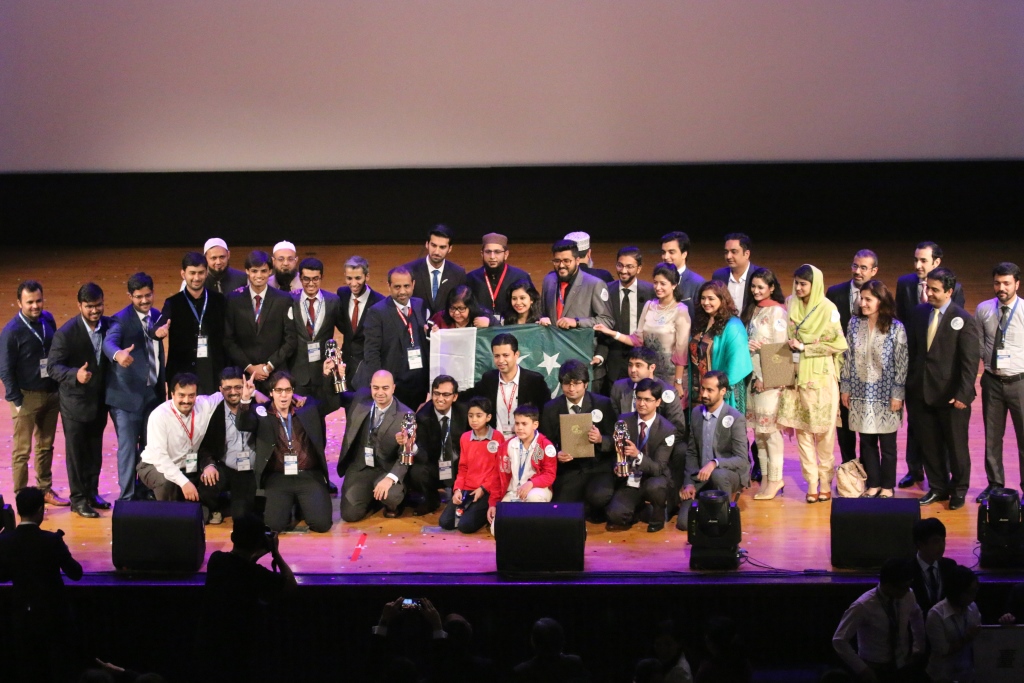
For award winner Wonder Tree, the APICTA win marks the beginning of a new journey that started three years ago with Usman’s elder brother Hamza. Using technology to lower the cost of occupational therapy for special needs children, Waqas, Ahmed and Usman have been driven to succeed – not for themselves but for the children they have been working to bring into the mainstream world all these years.
In eleven years of competing at APICTA the night of 5th December 2016 stands out.
From receiving just a special recognition award in Macau in 2006, TeamPakistan has come a long way in a decade. The payoff from ten years of planning and selfless contribution by PASHA mentors, judges, partners and sponsors; on making sure that Pakistan puts its right foot forward when it comes to the technology space in the Far East.
It has been a difficult ride, more so because not everyone gets the importance of APICTA. The trans-formative impact of the competition on our nominees and delegates; our delegate’s impact on the economies they compete with. The impression we create and leave behind when the name of our nation is called out 9 times with the national flag unfurled on stage in front of a large multinational audience.
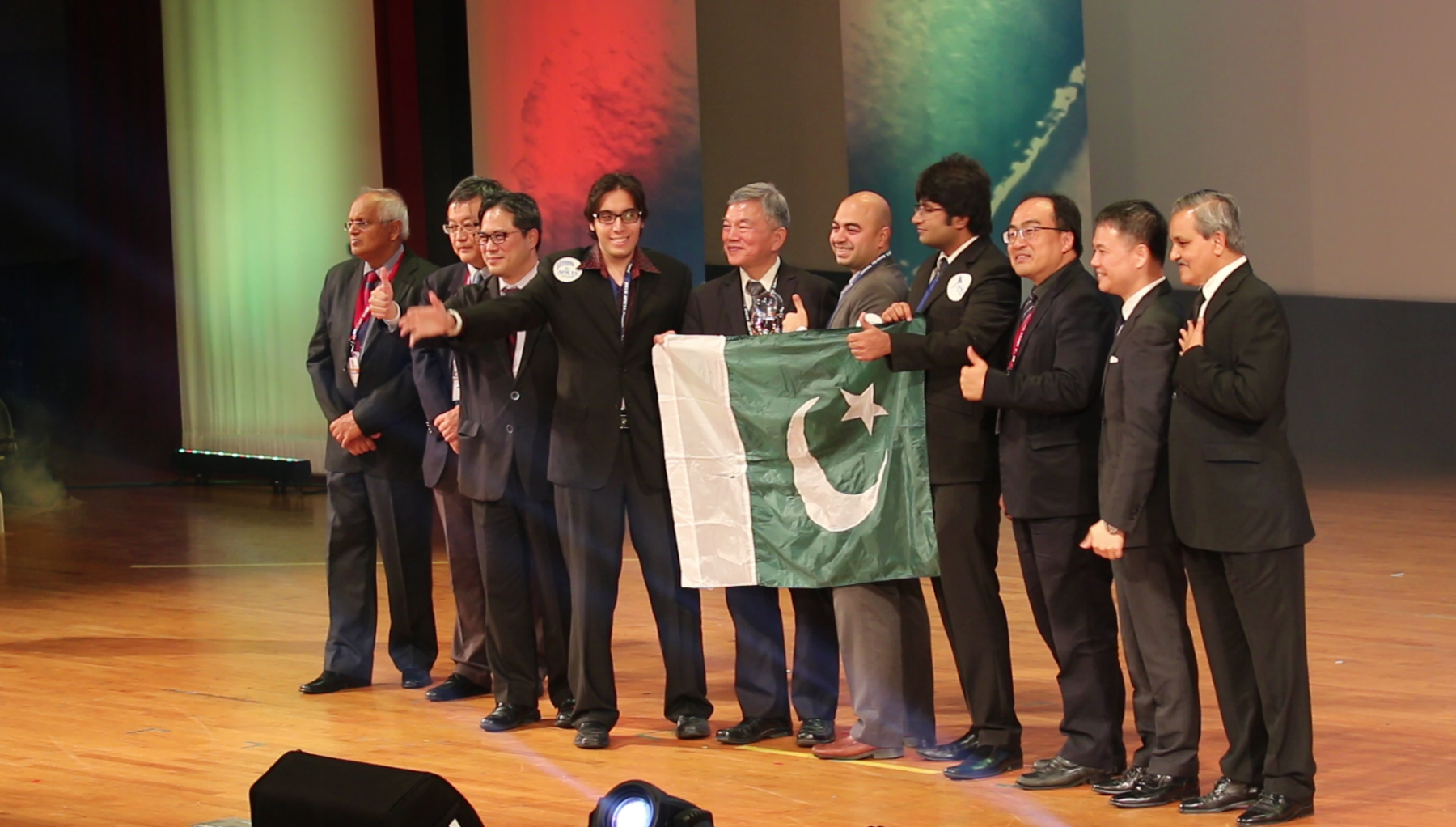
Difficult to believe that all of this work, this participation, this progress is privately funded. Unsupported by government grants or help the PASHA initiative to represent Pakistan at the APICTA platform is now in its eleventh year. Other than the unwavering support of Punjab IT Board over multiple years, no other federal or provincial body has stepped up to support the initiative or the many winners of gold and merit awards from the competition.

This year again TeamPakistan shone on awards night. We won three gold and six silver awards. Two of the three golds came from the NUST campus in Rawalpindi. The third gold went to WonderTree in the inclusion category for their effort to bring therapy using technology into the living room of special needs children.
Two of the six merits went to the school project and tertiary student project category. These four school, tertiary and research and development category awards are the sweetest payoff from the PASHA effort to increase participation from our student and academic community but is also a testament to how much we have learnt about pitching and presenting our product at the competition.
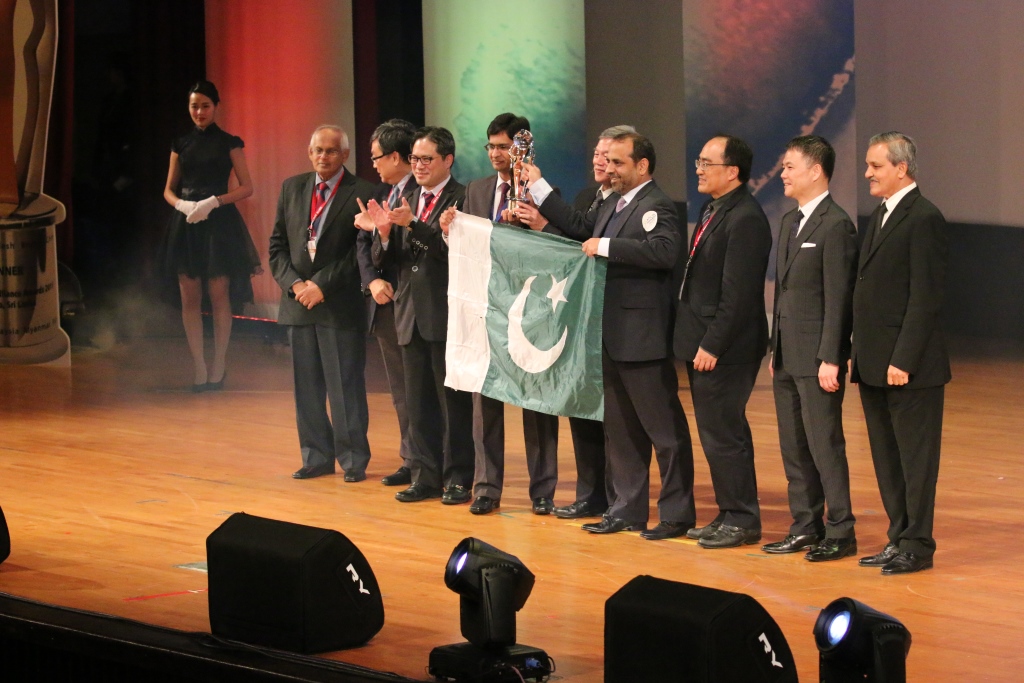
The other four merits were won by MandiExpress in Retail and Supply Chain, by Sheops in inclusion, by Trillium Information Security Systems in Security and by UBL Fund managers and their investment and fund management platform imPro in Financial Applications.
“I am going to go home, then rest for a few days and then start working on Dhaka”, says Talha.
He is the other co-founder at Botsify. The Botsify team that specializes in making chat bot deployment easier for customers is going home empty handed this year. In one way that is not true since the merit award in the school project category won by Amin Farid from Cedar college is built on the Botsify platform. Without their product, their assistance and support there wouldn’t be a school project. It is a testament to the ecosystem built by the NEST.io community that there were three bot based platform projects representing Pakistan at APICTA this year. All three are NEST.io alumni. All three benefited from the work being done by each other; they shared the same inspiration, the same motivation. Two came home without an award but the third win is really a win for the entire group.
“I am not upset or depressed or heart broken but I feel the pain of my colleagues and friends – the frustration of doing your best and still not winning. TeamPakistan did very well, the best we have done in thirteen years of competing at APICTA and that helps. But I also know how good some members of our delegation were, the amount of effort they put in presenting at APICTA and they still didn’t win. I wonder how strong you need to be to be a winner at APICTA. I don’t know the answer to that question but I do know that I am going to be a winner next year, no two ways about it”. Talha Yasin, Botsify.
TeamPakistan performance in Taiwan didn’t happen overnight. It took us ten years to get to a point where we could select 28 entries, train, mentor and guide them, raise funding for their participation and give them the support they needed at the four day event. Given our limited resources we did the best that we could do; it wasn’t perfect and there were many rough spots and patches. But we have come a long way in those ten years.
The support and commitment shared by TeamPakistan from our nominees, our judges, our mentors, our sponsors, our volunteers, our coordinators, our well wishers and the PASHA/NEST.io team is really what made all of this possible.
Remember, it takes a decade and a village to raise a single champion. We raised 9 this year.
TeamPakistan WINNERS and Merit Awards at APICTA 2016
Inclusion & Community
Winner
WonderTree
WonderTree App
Muhammad Waqas, Muhammad Usman, Ahmed Hasan
http://wondertree.co
Merit
Sheops Private Limited
Sheops
Nadia Patel Gangjee
http://www.sheops.com/
Tertiary Student Category
Winner
NUST College of Electrical and Mechanical Engineering, Rawalpindi
Clinical Decision Support System for Diagnosis of Movement Disorders
Muhammad Asad Raza
http://www.nust.edu.pk/INSTITUTIONS/Colleges/CEME/Pages/default.aspx
Research & Development
Winner
NUST College of Electrical and Mechanical Engineering
Analysis of Optical Conference Tomography image for CDSS
http://www.nust.edu.pk/INSTITUTIONS/Colleges/CEME/Pages/default.aspx
Merit
NUST – School of Engineering, Electrical & Computer Sciences
Sionser
Hassan Iqbal
http://www.seecs.nust.edu.pk/
Financial Applications
Merit
UBL Fund Managers
imPro
Syed Ahmar Hasan Jafri
Security Applications
Merit
Trillium Information Security Systems (Pvt) Ltd
Threat Intelligence Platform (TI Platform )
Muhammad Ali Hur
http://www.trillium-pakistan.com/tiss.php
School Project
Merit
Cedar College
Chatbots, conversation engineering and Mr. Higgins
Amin Farid
Retail & Supply Chain Management
Merit
Mandi Express
Jahanzeb Chaudri
http://mandiexpress.pk/


